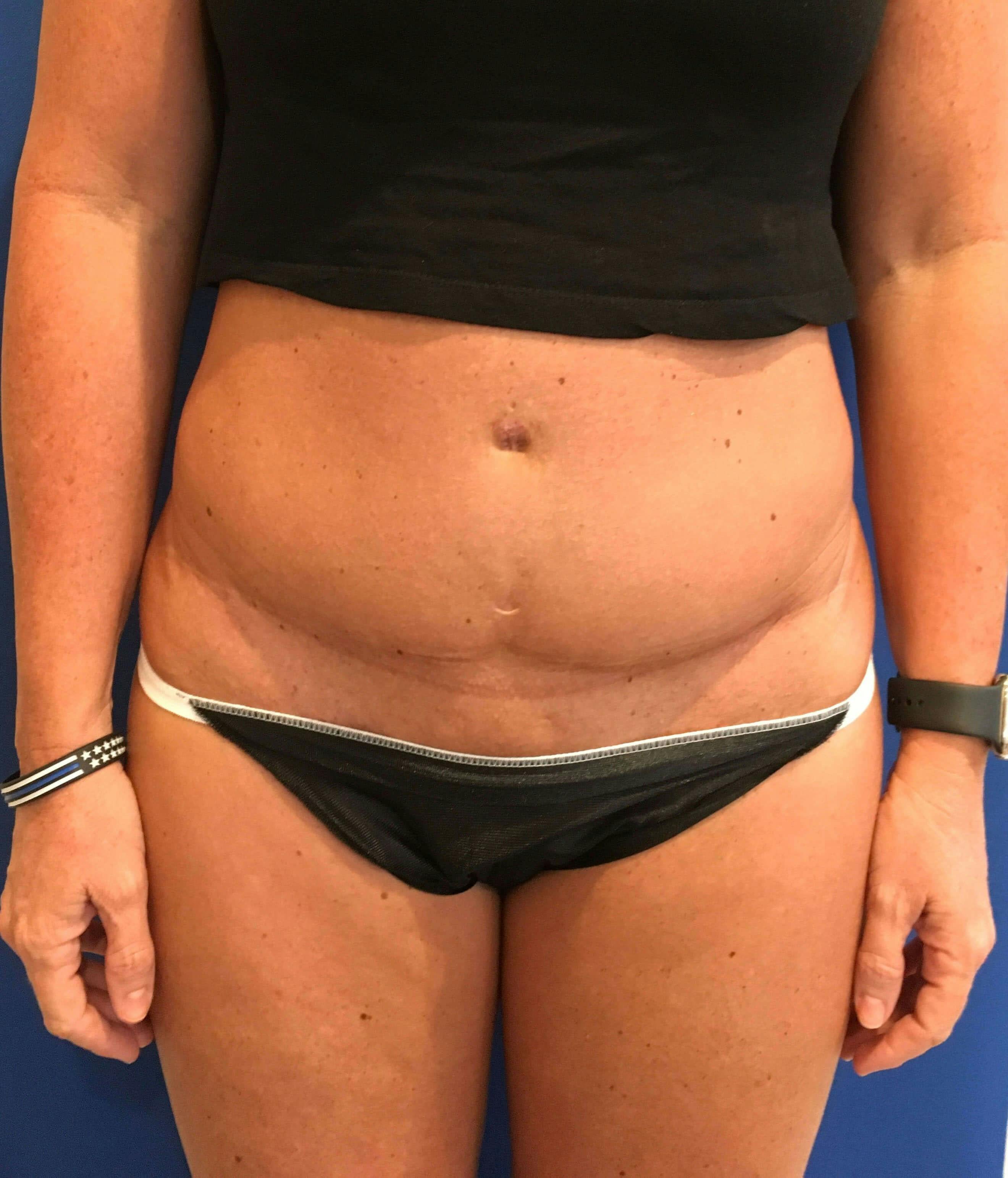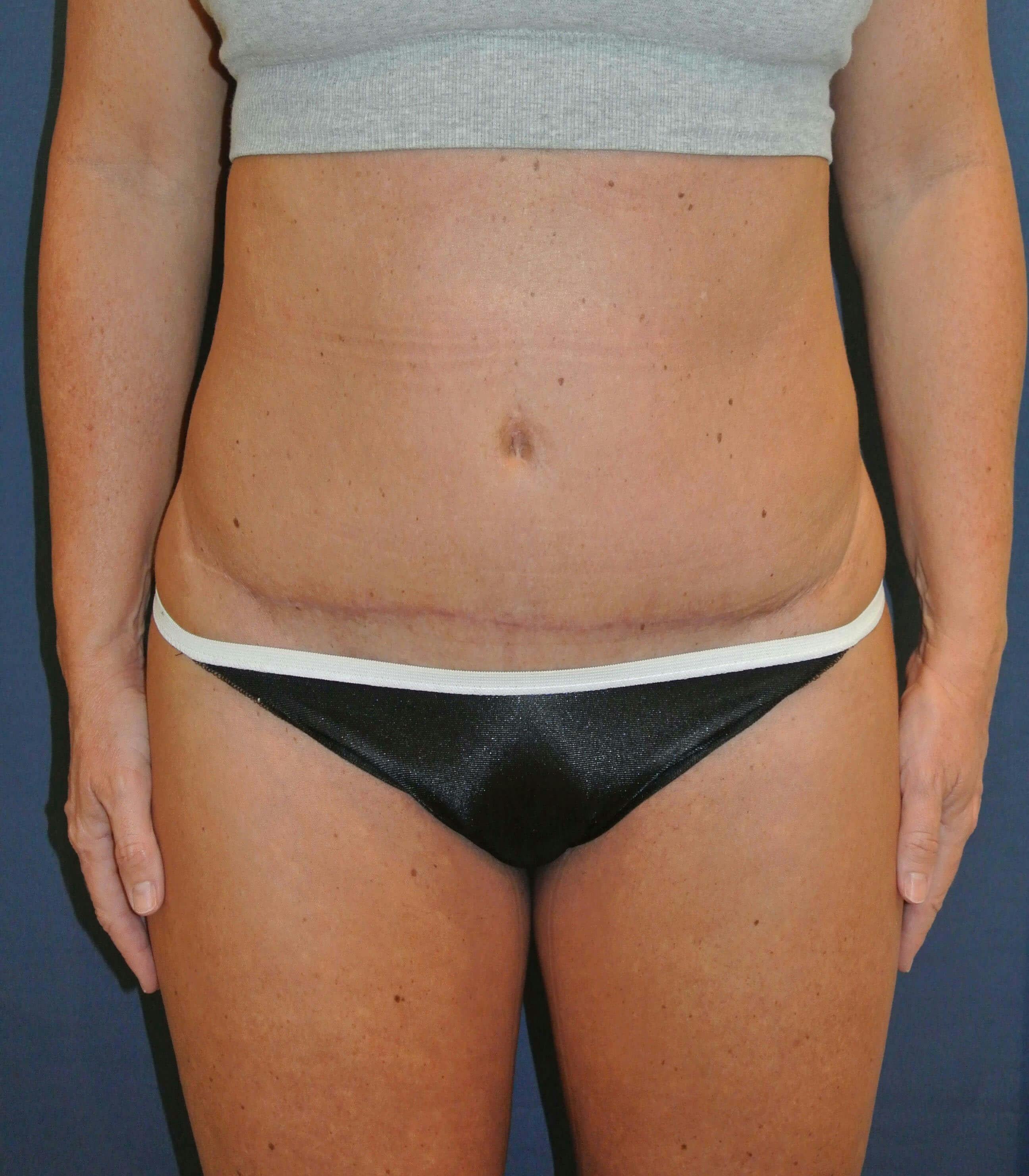How much the appearance of a scar bothers you is, of course, a personal matter — but our goal at Ponte Vedra Plastic Surgery is to ensure that we offer you the best care options available.
What is the AfterCare of Scar Revision?
Following scar revision, you will need to adhere to a daily scar treatment regime so the wound site and the new scar can heal. It’s very important to protect this area of skin from sun exposure in order to avoid any further skin discoloration.










